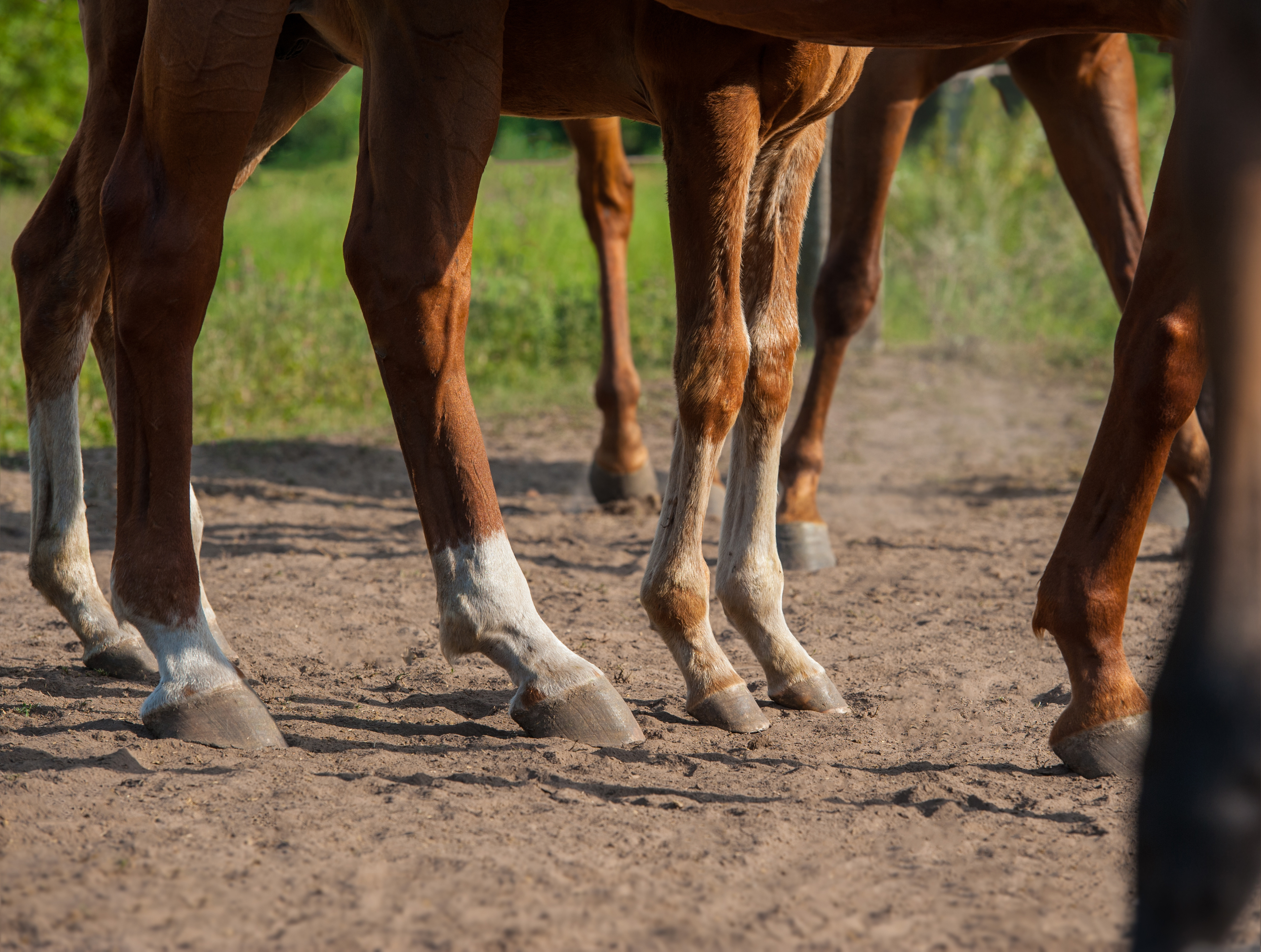Conservative versus surgical treatment of 21 sports horses with osseous trauma in the proximal phalangeal sagittal groove diagnosed by low-field MRI
Conservative versus surgical treatment of 21 sports horses with osseous trauma in the proximal phalangeal sagittal groove diagnosed by low-field MRI

our summary:
Lipreri, G. et al. (2018) Conservative versus surgical treatment of 21 sports horses with osseous trauma in the proximal phalangeal sagittal groove diagnosed by low-field MRI. Veterinary Surgery, 47 (7), pp. 908-915
This retrospective case series study aimed to determine whether conservative or surgical treatment was the best treatment option for sports horses diagnosed with lameness caused by osseous trauma within the subchondral bone of the sagittal groove of the proximal phalanx diagnosed by low-field MRI.
Clinical records of horses that had undergone MRI of the fetlock region at two referral hospitals between 2010 and 2017 were reviewed. Twenty one sports horses where MRI had revealed evidence of high water signal within the subchondral bone of the sagittal groove of the proximal phalanx were included.
The conservative treatment received by 12 horses [9 with lameness in forelimb, and 3 in hind limb] involved confinement to a stall for 4-6 weeks, followed by 1 month of in-hand walking exercise, then a further 3-6 month period of paddock turnout. The surgical treatment received by 9 horses [6 with lameness in forelimb and 3 in hind limb] involved insertion of an AO 4.5-mm cortical bone screw across the proximal phalanx under radiographic guidance, followed by 4 weeks of stable rest and an itinerary of returning exercises similar to horses under conservative treatment.
Long-term follow-up was available for 17/21 horses. Of those with long-term follow-up there was no significant difference in outcome, 4/8 and 5/9 horses that received conservative and surgical treatment respectively returned to performing at the same level or higher.
Limitations of the study included the fact that it was retrospective, the low number of cases and the fact that 3/9 horses in the surgical group were initially treated conservatively.
Currently conservative treatment is the preferred management option for sports horses with osseous trauma within the subchondral bone of the sagittal groove of the proximal phalanx. The study shows that this option has similar outcomes to surgical treatment and that for both treatments the prognosis for horses with this condition returning to athletic performance is guarded.
Image copyright attribute: Solovyov Andriy
Join the discussion
We encourage discussion on all material highlighted in each edition of inFOCUS. Use the button below to join the conversation on Twitter and include your comment in the feed for this issue.






Leave a Reply
Want to join the discussion?Feel free to contribute!